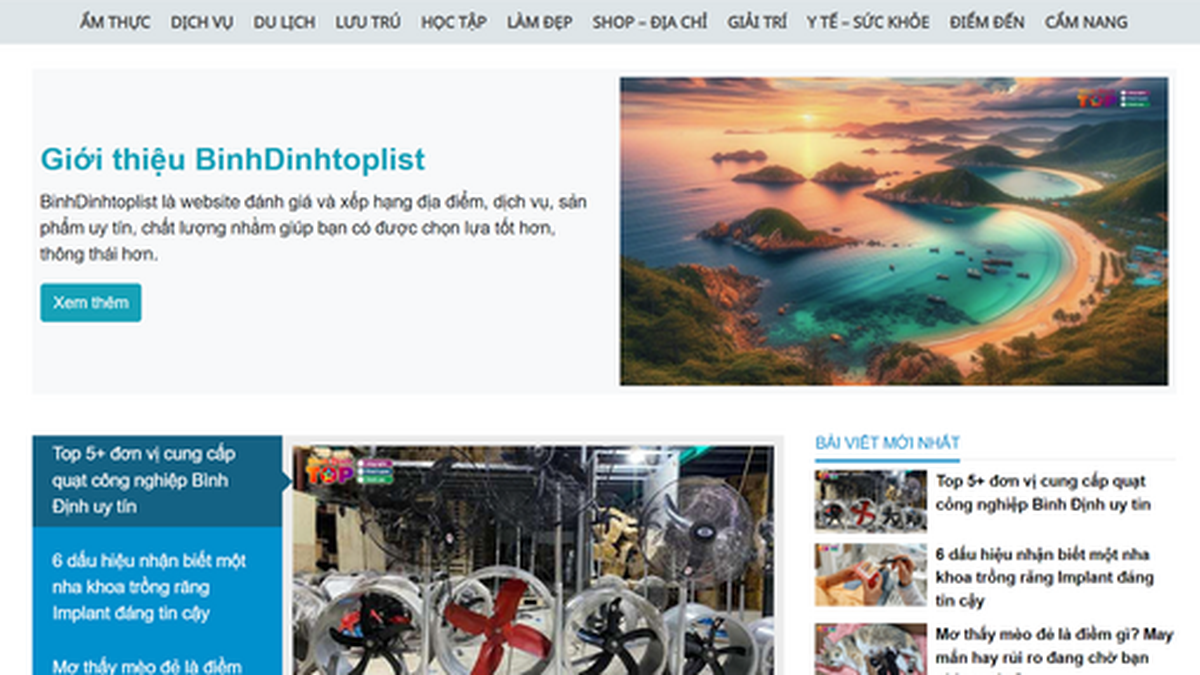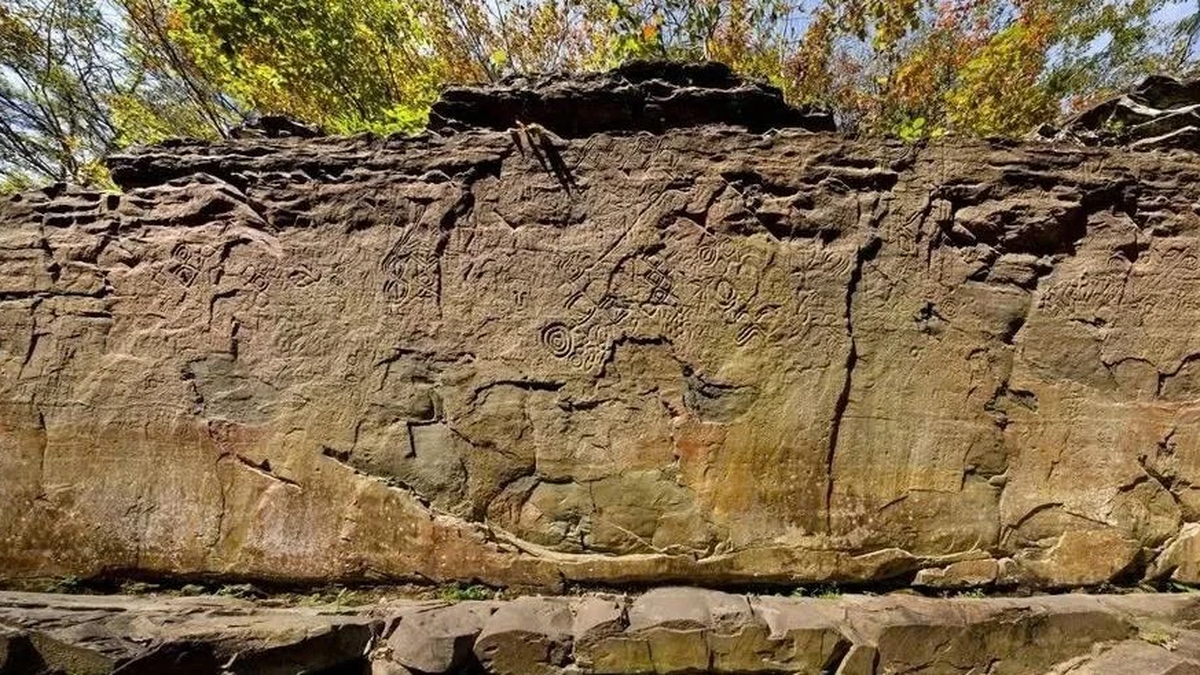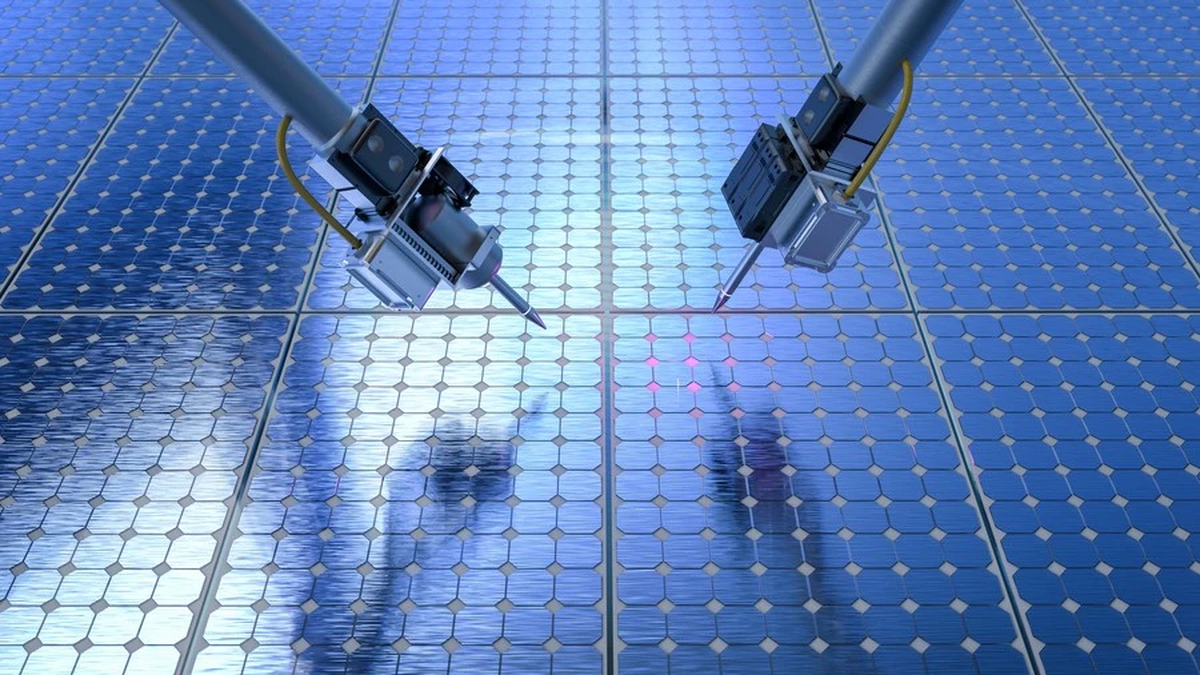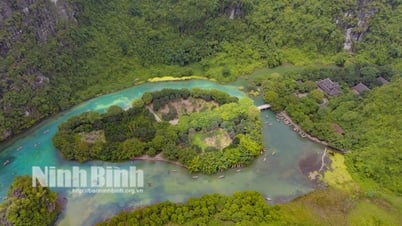A new study has revealed an ancient river network that stretches more than 15,000 km across the surface of Mars, suggesting the Red Planet was once much wetter than previously thought.
Scientists examined meandering landmasses—called “reverse channels”—at the Noachis Terra region in the southern highlands of Mars. These structures formed when sediments left behind by rivers hardened and were exposed after erosion of the surrounding material.
Similar patches have been found in other Martian landscapes, but the new findings suggest that flowing water was once common on Noachis Terra, likely originating from rainfall.
The research, led by Adam Losekoot, a PhD student at the Open University (UK) and funded by the UK Space Agency, was just announced at the Royal Astronomical Society's 2025 National Astronomy Meeting in Durham.
The results suggest that surface water may have been stable at Noachis Terra during the Noachian-Hesperian transition, about 3.7 billion years ago - a period of great geological and climatic change.
Compared to other regions on Mars, Noachis Terra has been poorly studied, in part because it has very few valley networks—channels formed by erosion, which are often used as indirect evidence of ancient rainfall and flow.
Instead, the team focused on inverted channels as another indicator of the long-term presence of surface water.
“Studying Mars, especially in less- explored regions like Noachis Terra, is really exciting because it’s an environment that has remained largely unchanged for billions of years,” says Adam Losekoot. “It’s like a time capsule of fundamental geological processes that we can’t observe on Earth.”
The team used data from three orbital instruments: the Context Camera (CTX), the Measurement of Laser Altimeter (MOLA), and the HiRISE High-Resolution Imaging System. These data helped them map the location, length, and morphology of the ridges over large areas.
Many structures appear as isolated faults, while others form systems that extend for hundreds of kilometers and rise tens of meters above the surrounding surface. Their shape and widespread distribution suggest that these river networks formed over considerable geological time, under relatively stable surface conditions.
The research team concluded that the water source that formed the network was most likely from continuous rain.
“Our work adds new evidence that Mars was once a much more complex and dynamic planet than it is today,” added Adam Losekoot. “It’s great to be part of that research.”
The fact that the inverted channels form a long-range, interconnected system also supports the idea that wet conditions at Noachis Terra persisted for a long time in Mars’ history. These findings challenge the prevailing hypothesis that Mars was mostly cold and dry, with only brief glacial melts that formed a few isolated valleys./.
Source: https://www.vietnamplus.vn/he-lo-mang-luoi-long-song-co-dai-dai-hon-15000-km-tren-be-mat-sao-hoa-post1049256.vnp



































































![[Photo] International community congratulates Vietnam on having more landscapes recognized as World Cultural Heritage](https://vphoto.vietnam.vn/thumb/402x226/vietnam/resource/IMAGE/2025/7/13/58ec71f73ae644bfb5bab9c99043bb7d)

































Comment (0)